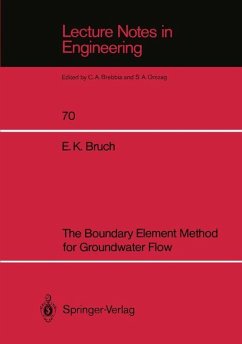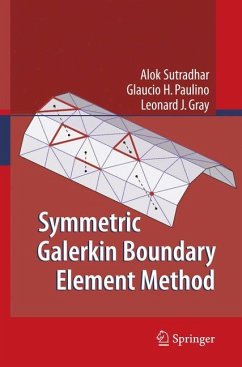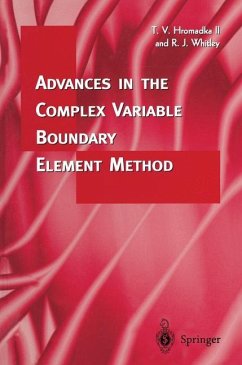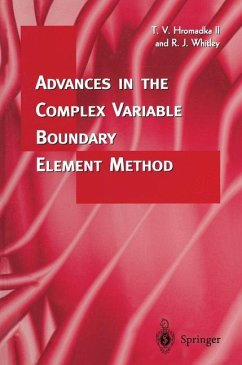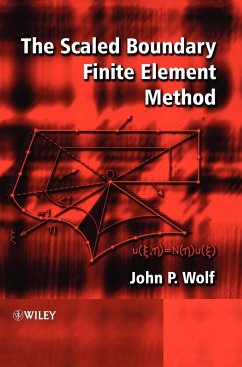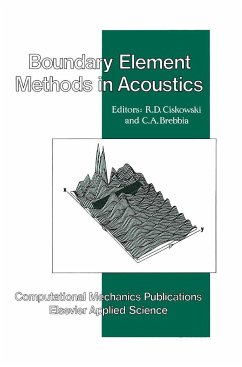
Current Distributions and Electrode Shape Changes in Electrochemical Systems

PAYBACK Punkte
39 °P sammeln!
In plating, electrochemical surface finishing, elec trochemical reactors as well as in electrochemical energy conversion, there is an increasing demand for high speed and high efficiency processes. These ob jectives are largely influenced by cell design. The study of such systems requires, besides know-how, a perfect scientific insight into the interaction bet ween electrode kinetics, cell geometry and mass and charge transport. Needless to say, for that purpose, computer modelling has gained rapidly in importance over the last few years. Indeed, up to the 1960's, only problems with rather sim...
In plating, electrochemical surface finishing, elec trochemical reactors as well as in electrochemical energy conversion, there is an increasing demand for high speed and high efficiency processes. These ob jectives are largely influenced by cell design. The study of such systems requires, besides know-how, a perfect scientific insight into the interaction bet ween electrode kinetics, cell geometry and mass and charge transport. Needless to say, for that purpose, computer modelling has gained rapidly in importance over the last few years. Indeed, up to the 1960's, only problems with rather simple geometries and amenable to analytical techni ques were treated. In 1964, Klingert et al. [60], as well as Fleck et al. [42] outlined the first computer programs for calculating current distributions by the finite dif ference method. F~ve years later, Riggs et al. [94J presented the first electrode shape change simulations. They used also the finite difference method. In 1978, Bergh [ 12Japplied at first the - nite element method to predict electrode shape changes. Since then, an increasing number of publi cations on-computer modelling of electrochemical sys tems, appeared. Mainly the finite difference or the finite element method were used.





